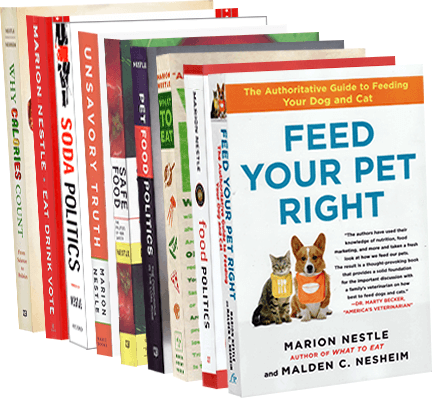Industry-conflicted opinion of the week: Sugar, if you can believe it
I like sweet foods as much as anyone (maybe more), but I do try to keep sugar intake within reasonable limits.
For one thing, sugars have no nutritional value beyond calories (which hardly anyone needs more of). For another, it encourages overeating whatever foods in comes with, many of them ultra-processed.
Thus, I cannot understand why my nutrition colleagues would do anything to imply that eating more sugar is OK.
But, thanks to Ricardo Salvador at the Union of Concerned Scientists who forwarded the study to me, we here have: Risk assessment of nutrients: There must be a threshold for their effects.
Its authors argue that because no firm threshold has been established for harm from excessive sugar intake, guidance to keep sugars “as low as possible in the context of a nutritionally adequate diet” is inappropriate.
The most appropriate interpretation from the vast amount of data is that currently no definitive conclusion can be drawn on the tolerable upper intake level for dietary sugars. Therefore, EFSA’s [European Food Safety Authority’s] own guidance would lead to the conclusion that the available data do not allow the setting of an upper limit for added sugars and hence, that more robust data are required to identify the threshold value for intake of sugars.
Sigh. Who paid for this?
Funding: “Cosun Nutrition Center (Hilversum, The Netherlands) provided financial support for some of the cost for the preparation of this paper. This support was unrestricted, and Cosun Nutrition Center had no influence on or input to the content of this paper” [yeah, right].
And what, pray tell, is the Cosun Nutrition Center?
The Cosun Nutrition Center conducts research and acquires scientific information on plant-based foods in relation to health and sustainability…The Cosun Nutrition Center is funded by Royal Cosun.
Sounds legit. But what is Royal Cosum?
Founded 125 years ago, Royal Cosun has developed into a leading international agricultural cooperative with more than 8,100 sugar beet growers.
Sugar beet growers? Oh.
I won’t bother to list the authors’ conflicts of interest, except to assure you that some include affiliations with sugar companies.
Conflicted? Absolutely.
Caveat lector.










